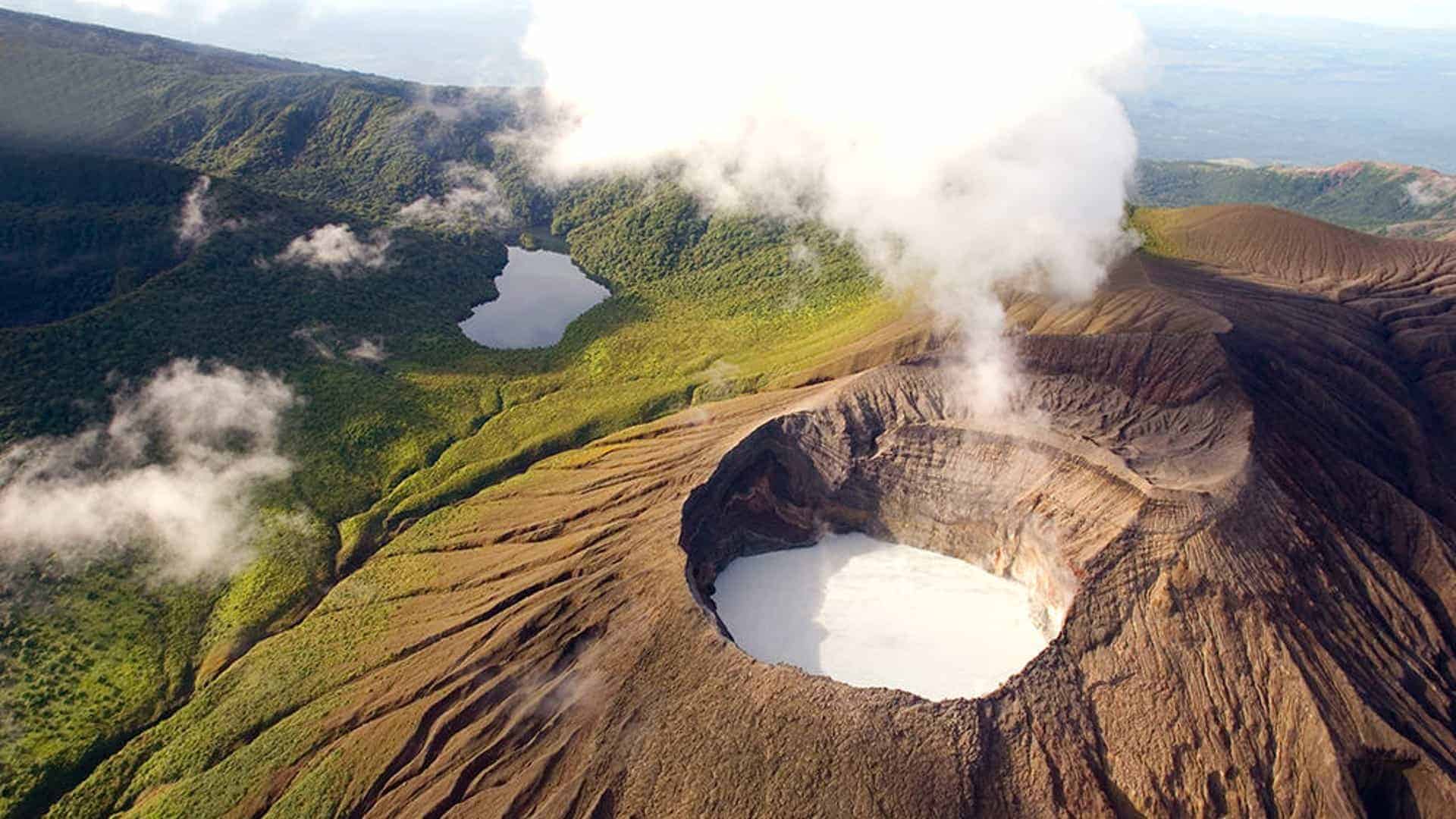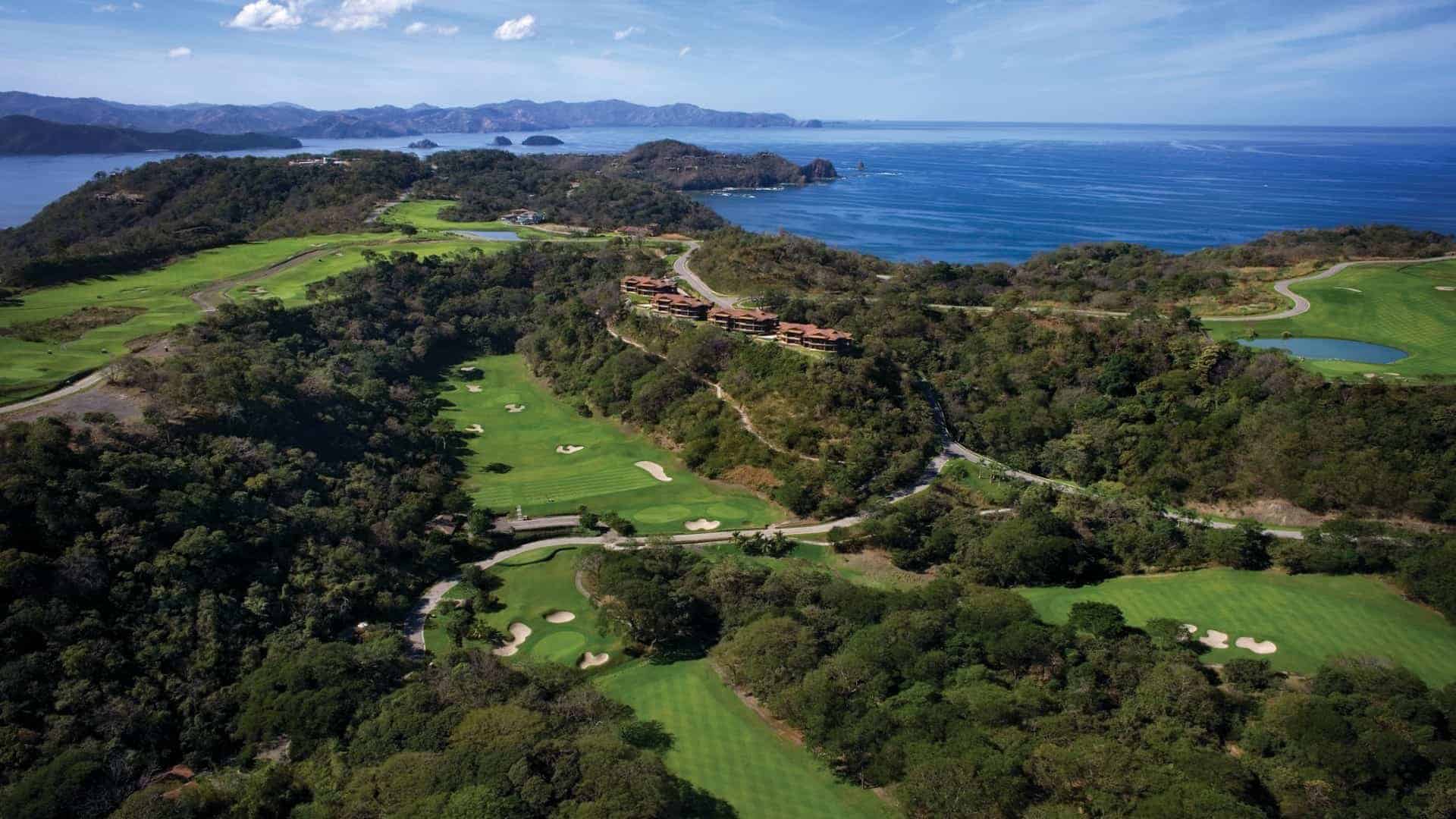Table of contents
When Is the Best Time of Year to Go to Costa Rica?
First of all, there is NEVER a bad time to visit Costa Rica – be it the dry season or the rainy season. This is a beautiful country year-round, no matter what time of year you decide to visit.
But a lot of people ask, “When is the best time of year to go to Costa Rica?” And the answer depends primarily on your tolerance for rain, crowds and high prices, as well as on what part of the country you want to visit.
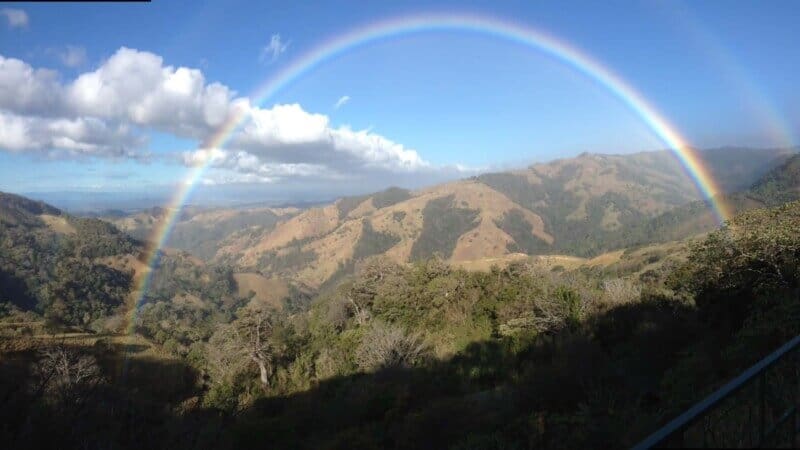
There’s a joke that Costa Rica has two seasons: a rainy season and a VERY rainy season. But in fact, the country has a dry season and a rainy season — and the two are sometimes reversed, depending on the location.
If you’re from most parts of the Northern Hemisphere, it’s a bit hard to get used to the idea that “summer” (verano), the dry season, is from December through April, and “winter” (invierno), the rainy season, is from May through November. Spring and fall, by the way, do not exist in Costa Rica.
Also, it’s important to understand that winter is not cold and summer is not hot, at least no colder or hotter than usual. There are only a few degrees of variation in temperature at any given place in Costa Rica year-round. Temperature can vary greatly by elevation, but it varies very little by time of year.
In tourism, the rainy season is the “low season,” when visitors are fewest and prices are lowest. The dry season is the “high season,” when most people visit and prices are higher. And during the “peak season” — around Christmas and New Year’s, or during the Holy Week that precedes Easter, the country is thronged with tourists and prices are at an all-time high.
When Is the Dry Season in Costa Rica?
Costa Rica is bounded on the west and east by two oceans, the Pacific Ocean and the Atlantic Ocean/Caribbean Sea, and each comes with unique weather patterns. In addition, the country has dozens of microclimates, from dry tropical forest in the northwest to cloud forest in the mountains to wet tropical forests in the southwest that receive an astonishing 7 meters of rain per year.
So it’s important to understand that the dry and rainy seasons are almost reversed between the Pacific and Caribbean sides of the country. But since the Continental Divide places the majority of the country on the western side, which is where the majority of tourists visit, most descriptions of the seasons refer to the Pacific side, and that will be our focus here.
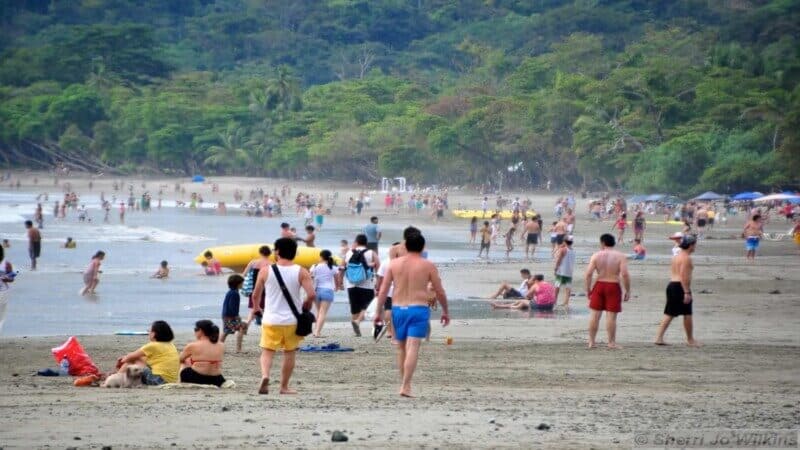
So the dry season in Costa Rica (with exceptions as noted) usually starts around mid-November and lasts through April. Coincidentally, Costa Rica’s biggest holidays fall within these months, making these the most popular (and expensive) times to travel for both foreigners and nationals.
December
December is a “perfect storm” for pricey travel. There’s almost no rain, people all over the world are on vacation, and it’s Christmastime. The week between Christmas and New Year’s Day — both huge holidays in Costa Rica — is the most expensive time to visit the country, and it’s when you’ll find the biggest crowds. Virtually all hotels and other lodging options here jack up their prices as high as possible, because they can still find takers.
January
The first week of January is sort of like a long, costly hangover — most people still off work, and most merchants still enjoying the tail end of the “peak season” rates. By the second week, rates have settled into the somewhat lower “high season” prices that will last through April. There is still very little rain in most of the country, and there won’t be until May.

February
The clear weather and high-season prices continue in February. Other than Valentine’s Day (or Super Bowl Sunday at expat bars), February is not notable for much except rural festivals, bullfights and horse parades, which occur throughout the “summer” months. (Also, by the way, the normal school year for children starts in February and ends in December.)
March
Same story for most of the month, but get ready for “Semana Santa” (Holy Week), the weeklong national holiday that precedes Easter Sunday. The date of Easter is determined by a lunar calendar, and it falls anywhere between March 22 and April 25. To people from North America, where most people don’t even get one day off for Easter, it may be baffling to see an entire country shut down for a week and scramble to get to the beach. In some parts of the country, no alcohol sales are allowed during Semana Santa.
Subscribe to our newsletter
to stay up to date
April
See: March. It’s all about when Semana Santa occurs. According to the helpful people at almanac.com, for the past 500 years Easter has fallen most commonly on either March 31 or April 16. The week before that is Costa Rica’s second “peak season,” with sky-high rates and huge crowds at popular destinations. Unless you’re celebrating the Passion of the Christ, this may be the worst time for foreigners to visit. But in most places, you can rely on dry conditions during this final month of the dry season in Costa Rica.
When Is the Rainy Season in Costa Rica?
In most places, the rain starts falling pretty hard in May, and continues doing so through mid-November. The rainy season is often called the “green season,” which is a truthful euphemism because the rain washes clean the dust that has gathered on plants during the dry season, and also causes all kinds of fresh new plants to sprout up.
Many people swear that the “green season” is the best time to visit Costa Rica because of its low prices, small crowds and refreshing rains.
May
The heavens open and the rain falls. With Semana Santa over, domestic travel comes to a virtual halt, while back in the U.S. and Canada, families aren’t traveling because most kids are still in school. Meanwhile, lodging prices plummet to lure reluctant travelers.
June
Although June, July and August are school vacation time in many countries, Costa Rica receives a surprisingly low number of visitors. If it rains, it typically does so in the afternoon, allowing tourists to embark on adventure tours in the sunny morning and relax under a roof during showers.
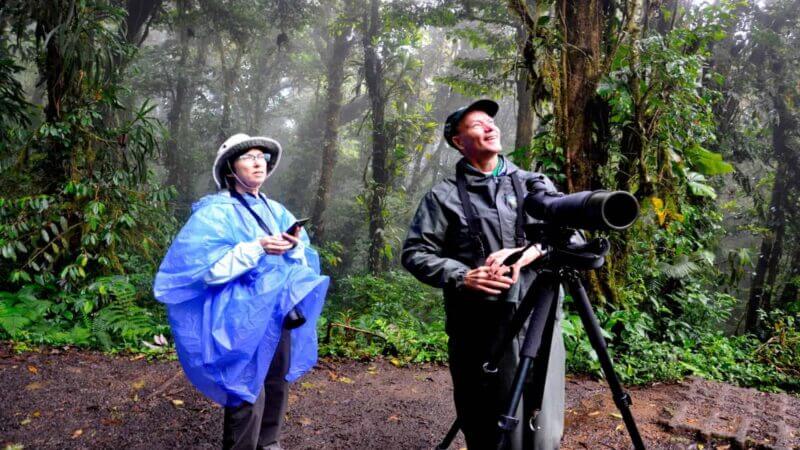
July
Much of Costa Rica experiences a “little summer” (veranillo), meaning a dry spell, around the last two weeks of June and the first two weeks of July. Schoolchildren also get a two-week mid-year vacation in the first two weeks of June, known as the “Veranillo de San Juan.” This spurs some national tourism.
August
The rainy month of August is notable for two holidays. During the Fiesta of the Virgin of Los Angeles (Aug. 2), religious pilgrims walk long distances to the Basilica of Our Lady of the Angels in Cartago to celebrate Costa Rica’s patron saint. And Costa Rican families often head to the beach to celebrate Costa Rican Mother’s Day on Aug. 15.
September
In most of the country, the heaviest rains fall in September and October. At this time you are definitely in the “rainy season of Costa Rica”. With kids back in school in North America and Europe, most tourism comes to a standstill. Some hotels and other businesses simply give up and close their doors for parts of September and October. However, on the Caribbean side of the country, September and October can be some of the driest months of the year.
October
For businesses that depend on tourism, October is like September, only worse. Many merchants are scraping by on the last of their savings from the high season, and they’re desperately looking forward to November. But for the budget traveler who doesn’t mind rain, this may be the best month to visit Costa Rica.
November
This is the transition month where the tide starts to turn. Thanksgiving is coming up on the fourth Thursday in November — meaning a lot of American tourists have vacation time and are looking for something to do. Conveniently, the rains mostly clear up by mid-November.
Are There Times to Avoid Costa Rica?
People who are planning a visit sometimes wonder at what times of year they should avoid Costa Rica. Again, the answer depends on whether they are trying to avoid high prices, crowds and/or rain.
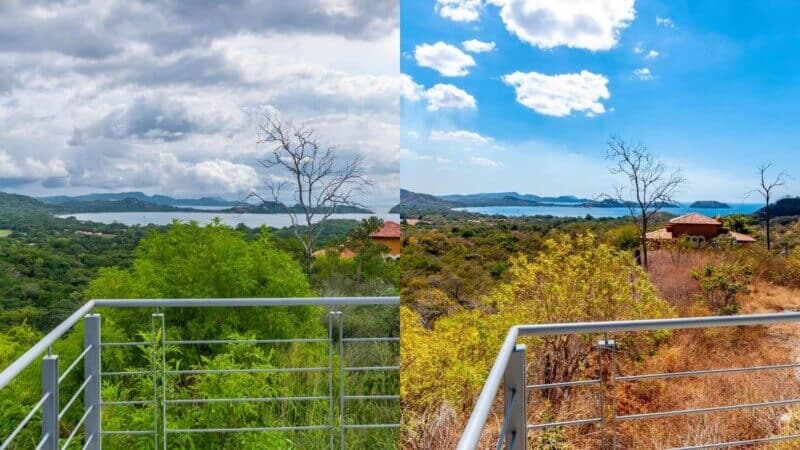
Semana Santa is possibly the least desirable time to visit Costa Rica, for these reasons:
- The holiday isn’t a really special time for most foreign visitors
- lodging prices are sky-high everywhere, and
- the most popular destinations are flooded with domestic travelers. Also, because the date of Holy Week changes every year, visitors need to be especially attentive to when it occurs.
The Christmas-New Year’s vacation is also a time some visitors may wish to avoid, for most of the same reasons, except that this IS a special time for most foreign visitors, and their vacation dates may be non-negotiable.
Finally, just for those who want to avoid heavy rain, September and October are the worst times to visit on the Pacific side of the country — although the Caribbean may be beautiful at this time, and prices will probably be low everywhere.
Bottom line — there is never really a bad time to visit Costa Rica, be it the rainy season, dry season… doesn’t matter – it’s all good. But you can save yourself a few headaches and a lot of cash by traveling when most other people aren’t, especially if you don’t mind getting a bit wet.
Subscribe to our newsletter
to stay up to date


